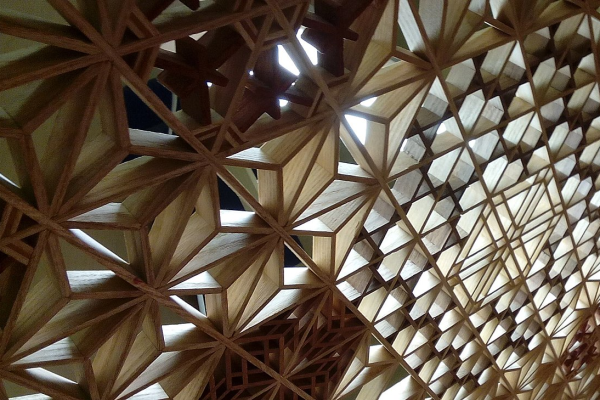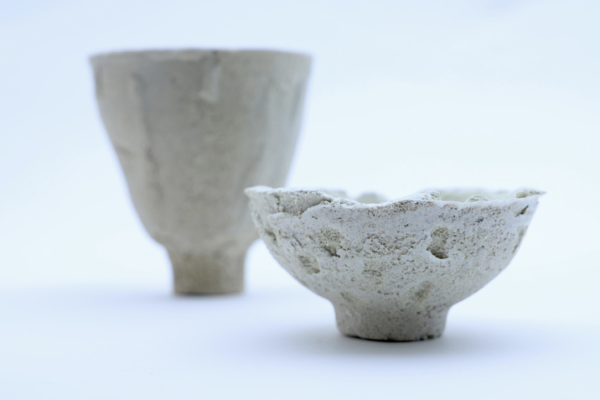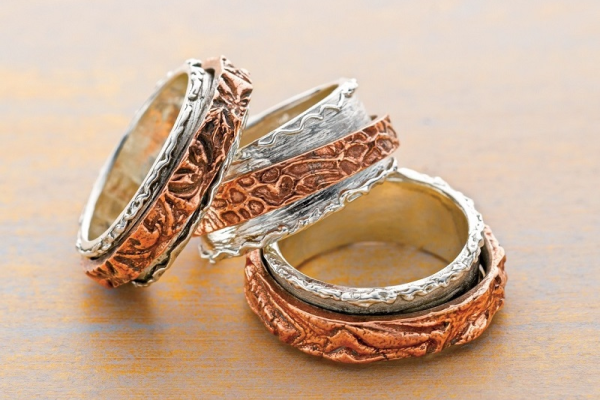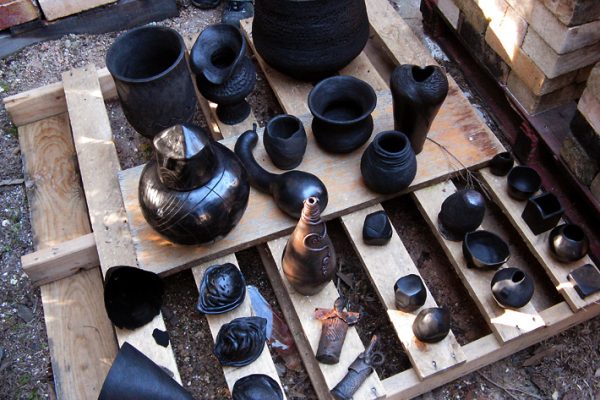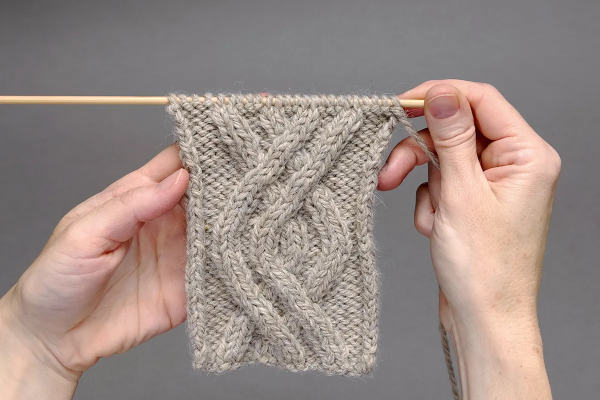
Mastering Cable Knitting, Transforming Simple Yarns into Intricate Designs
Cable knitting is often regarded as an advanced technique, yet it’s accessible to any dedicated knitter willing to explore beyond basic stitches. By crossing groups of stitches over each other, cabled patterns create a raised, textured effect that adds depth and sophistication to scarves, sweaters, and blankets. Unlike flat knitting, cables require careful attention to…


